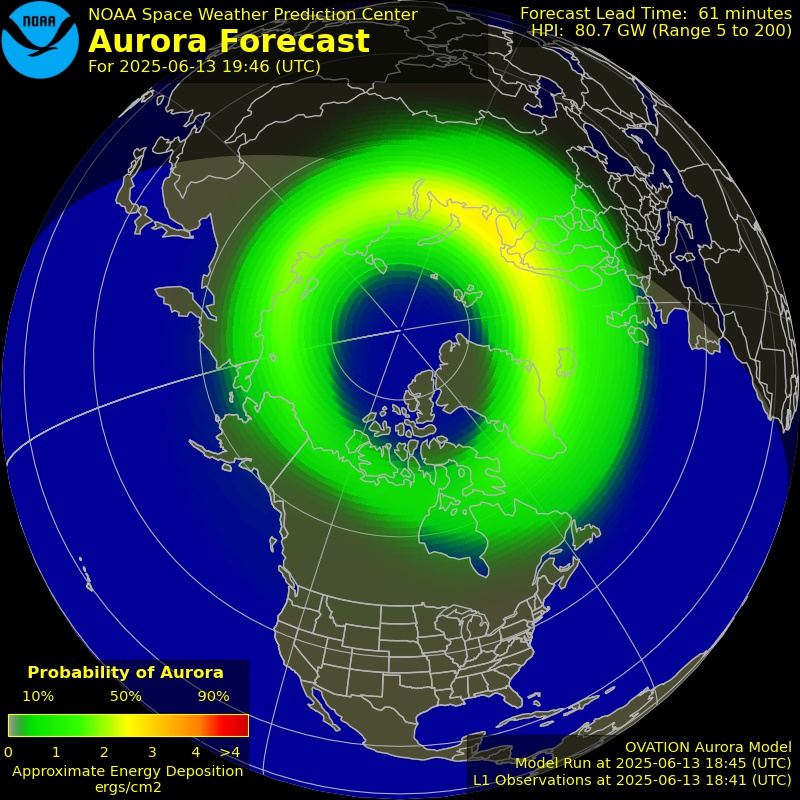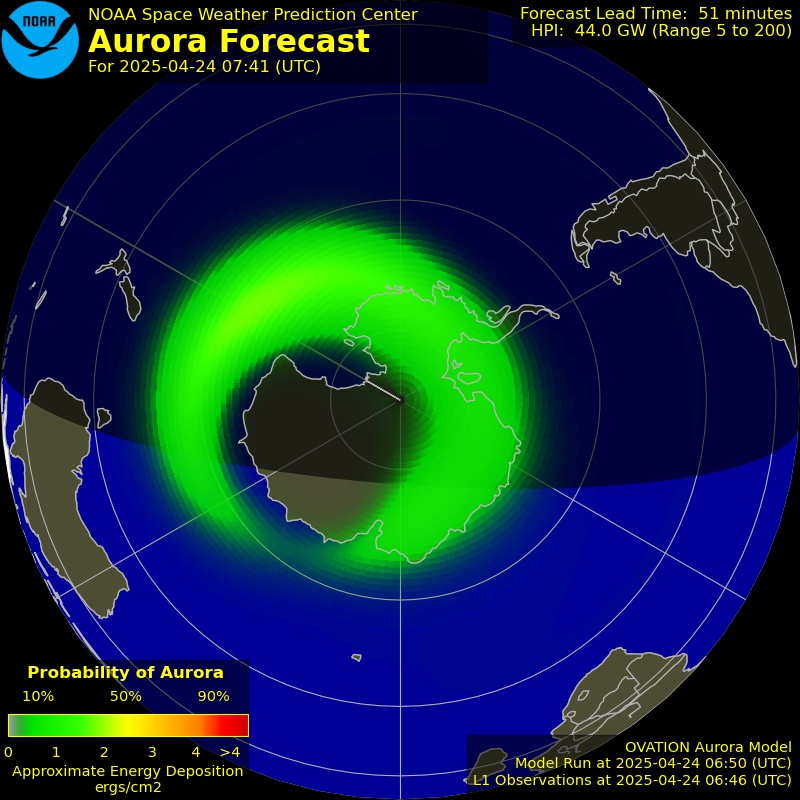Two ESA observatories have combined forces to show the Andromeda Galaxy in a new light. Herschel sees rings of star formation in this, the most detailed image of the Andromeda Galaxy ever taken at infrared wavelengths, and XMM-Newton shows dying stars shining X-rays into space.
|
|
|
|
Download: HI-RES JPEG(Size: 966 kb) |
During Christmas 2010, ESA’s Herschel and XMM-Newton space observatories targeted … Read the rest of this article





















